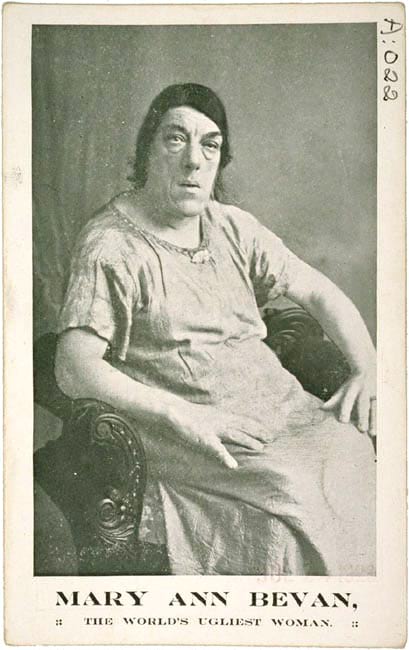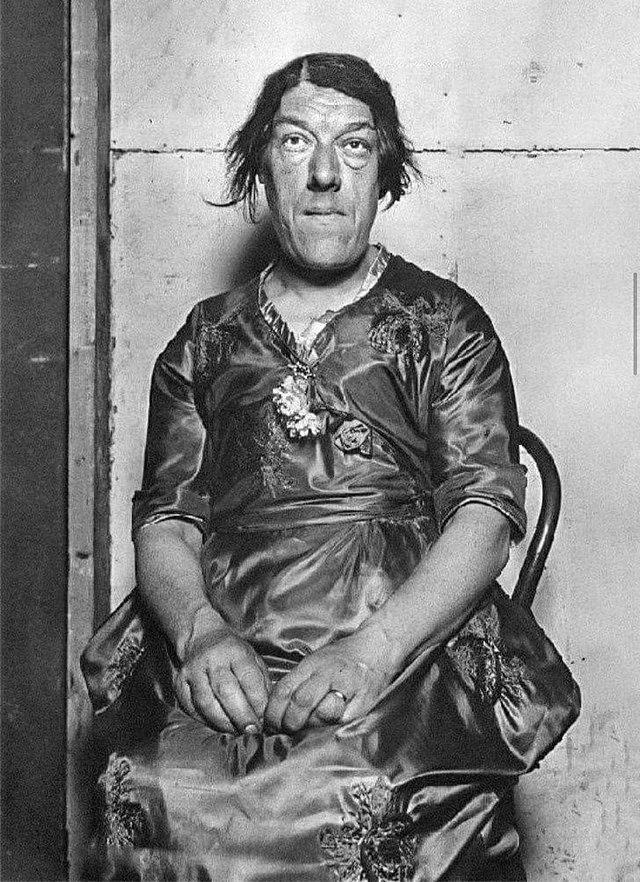Mary Ann Bevan: The Tragic Journey from Beauty to ‘Ugliest Woman in the World’
Mary Ann Bevan’s story is a poignant and tragic tale of a beautiful English woman who became known as the “Ugliest Woman in the World” due to a rare and disfiguring condition called acromegaly. In the early 20th century, she was forced into the world of sideshows and circuses to support her family.
Born in the late 19th century in London, Mary Ann Webster had a normal upbringing and initially pursued a career in nursing. In 1903, she married Thomas Bevan, a farmer, and the couple had two sons and two daughters. Their promising family life was abruptly disrupted when Thomas died in 1914.
After Thomas’s death, Mary Ann began to show symptoms of acromegaly, a condition characterized by the overproduction of growth hormone, leading to significant and irreversible changes in her appearance. As her hands, feet, and facial features became distorted, finding steady employment became increasingly difficult.
Determined to provide for her children, Mary Ann took on various jobs despite her altered appearance. Desperation led her to participate in an “ugly woman” contest, which she won. This victory attracted the attention of sideshow proprietors, setting her on a challenging new career path.
In 1920, Bevan responded to an advertisement seeking the “ugliest woman” for a sideshow act, placed by a British agent for Barnum and Bailey’s circus. Despite the harsh premise, her appearance was described as “the face of an ugly woman that was not unpleasant.” She soon joined the sideshow circuit, performing at fairs and amusement parks, including Coney Island’s famous Dreamland.
Mary Ann Bevan sold postcards of herself during her performances, earning a substantial income to support her family. Her resilience and dedication allowed her to endure the degrading treatment often faced by sideshow performers.
By the 1930s, Bevan had become a featured act in the renowned Ringling Bros. and Barnum & Bailey circus. She achieved her goal of financial security for her children, despite the public’s fascination with her appearance. Bevan continued to work with dignity until her death in 1933 at the age of 59. She was buried in Brockley and Ladywell Cemetery in London.
Her story faded from public memory until the early 2000s when her likeness was used on a Hallmark card, leading to public outcry and the card’s discontinuation. Mary Ann Bevan’s life serves as a reminder of the harsh realities faced by those with disfiguring conditions in the past and highlights her incredible strength and determination.
Please share this brave woman’s story with your family and friends.
4o
Share via:


